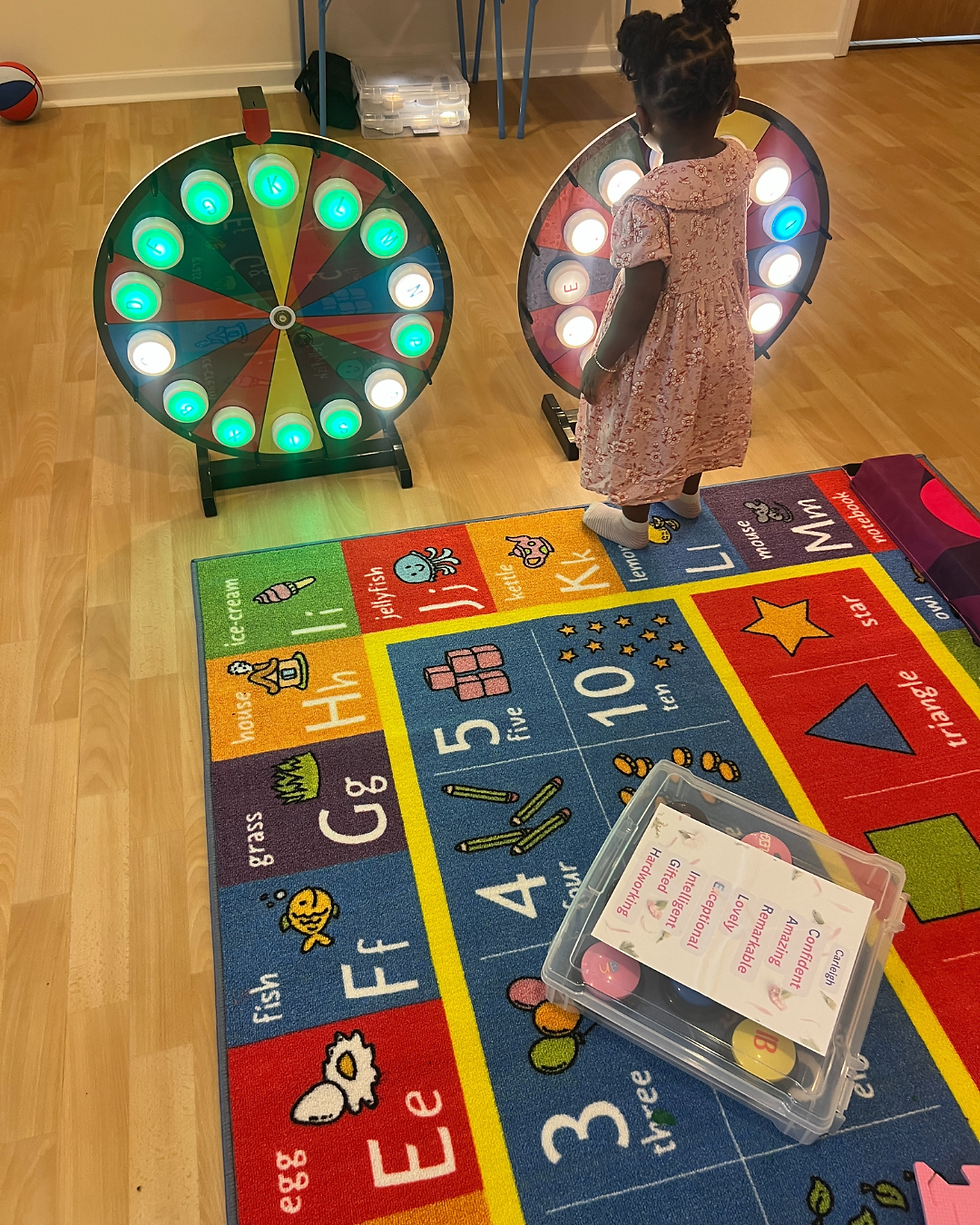How do babies learn language?
- Brian Vieira
- Apr 14
- 1 min read

University of Cambridge and Trinity College researchers have concluded that babies learn language from rhythmic syllabic structures. Here's an excerpt from their groundbreaking report:
"Professor Goswami believes that it is rhythmic information – the stress or emphasis on different syllables of words and the rise and fall of tone – that is the key to language learning. A sister study, also part of the Baby Rhythm project, has shown that babies processed rhythmic speech information at two months old – and individual differences predicted later language outcomes. "
Seriously? Two months old? Wow.
This is an amazing revelation because it shows that the way parents communicate with their kids has lifelong consequences since rhythmic speech structures--or the absence of rhythmic syllabic structures-- set the foundations (weak or strong) for literacy.
"We believe that speech rhythm information is the hidden glue underpinning the development of a well-functioning language system,' said Goswami. 'Infants can use rhythmic information like a scaffold or skeleton to add phonetic information on to."
What was Dr. Goswami's conclusion:
"Parents should talk and sing to their babies as much as possible or use infant directed speech like nursery rhymes because it will make a difference to language outcome," she added.
But what about schools or early childhood literacy centers?
Instead of trying to remediate kids using a phonics-only approach, schools should incorporate activities that get kids chanting, moving, and singing to rhythmic syllabic structures that they may not have learned in their early language development.
Excerpted from the following article: "Why reading nursery rhymes and singing to babies may help them to learn language"





Comments